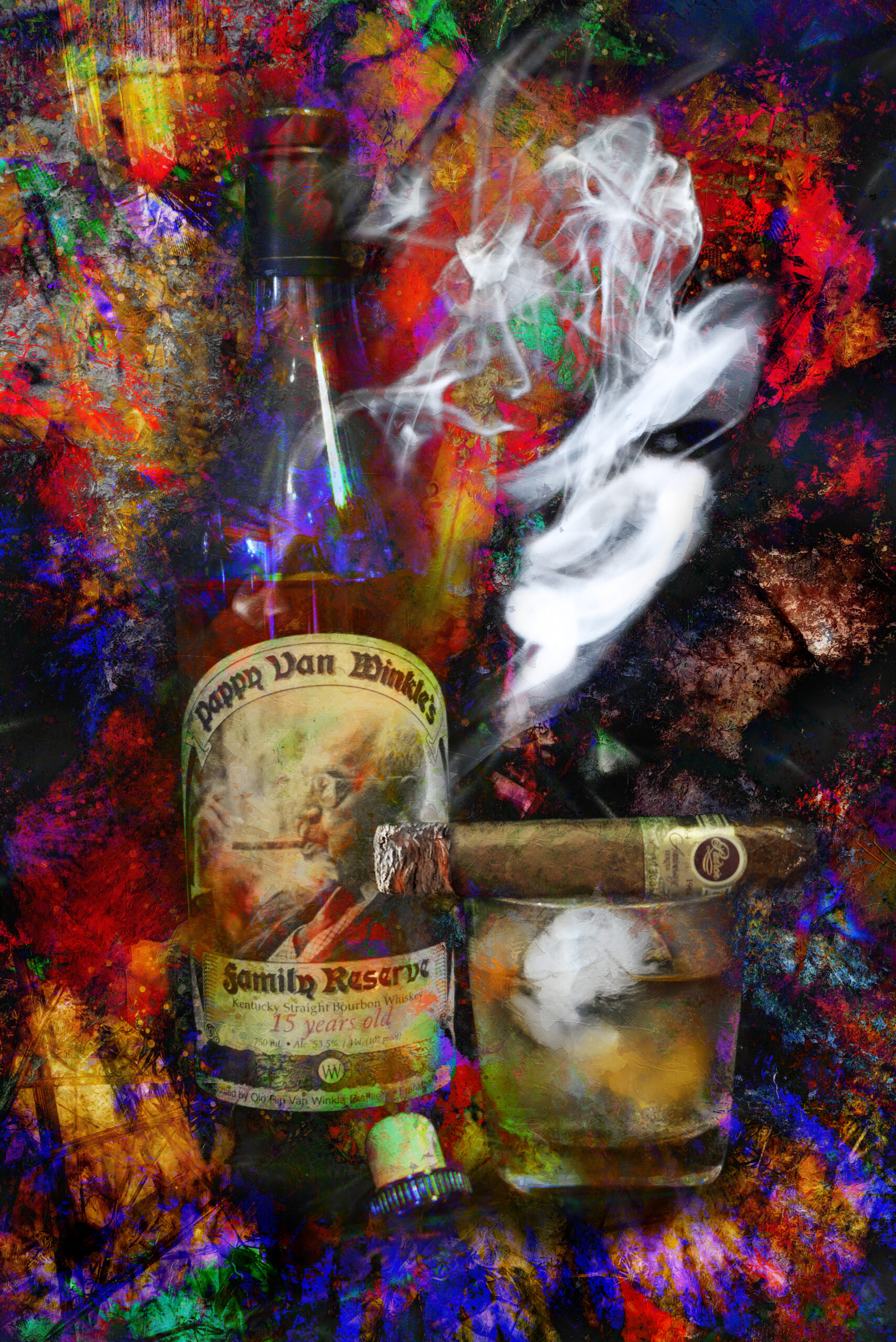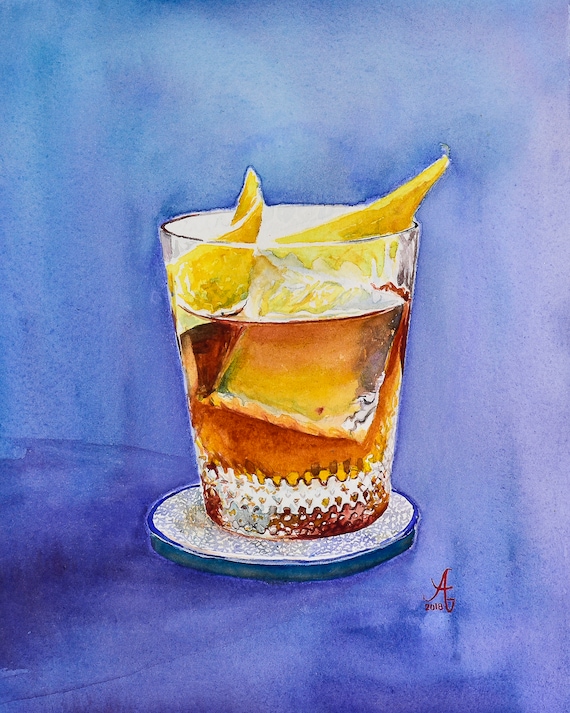Bourbon Art in Contemporary Culture: Where Custom Meets Technology
Bourbon Art in Contemporary Culture: Where Custom Meets Technology
Blog Article
The Value of Whiskey Art in Celebrating Heritage and Workmanship in the Beverage Sector
The detailed relationship between scotch art and the event of heritage and craftsmanship within the drink market can not be overstated. With attentively developed containers and tags, bourbon brand names encapsulate their historical origins and the artisanal skills that define their manufacturing techniques. This creative measurement not just boosts market appeal however also functions as an avenue for social storytelling, cultivating a deeper connection between the craft and the customer. As we explore the numerous elements of this subject, fascinating questions about the influence of contemporary fads on traditional techniques develop, motivating additional evaluation.
The Historical Origins of Whiskey
At the heart of scotch's allure lies an abundant tapestry of historic origins that trace back to ancient people. The beginnings of whiskey can be connected to the distillation methods of the Sumerians and Babylonians around 2000 BCE, where early types of fermented grain drinks started to emerge. However, it was in the Center Ages that the art of distillation advanced significantly, specifically in Ireland and Scotland, causing the development of scotch as we understand it today.
The term "whiskey" itself originates from the Gaelic word "uisce beatha," implying "water of life." This phrase highlights the cultural importance of whiskey in Celtic societies, where it was usually associated with routines, events, and public bonding. By the 15th century, distillation ended up being an identified craft within monastic communities, leading the way for the facility of legal distilleries.
As trade routes broadened, scotch's appeal grew, transcending local limits and catching the rate of interest of connoisseurs worldwide. Limited Edition. This historical journey reflects not just the craftsmanship behind whiskey manufacturing but likewise its essential duty in social and social contexts, noting it as a substantial drink throughout history
Artistic Expression in Branding
Scotch branding stands as an engaging crossway of artistry and commerce, where aesthetic identification plays a critical role in forming customer perception. The visual appeals of scotch tags, product packaging, and advertising products mirror not just the brand's tale but likewise its core values and heritage. With artistic expression, distilleries share a narrative that reverberates with customers, stimulating feelings and triggering links.
The use of shade, typography, and images in branding offers to differentiate products in a saturated market. For instance, standard concepts may evoke a sense of authenticity and workmanship, while modern-day designs can represent technology and forward-thinking. This strategic creative direction boosts brand recognition and loyalty, allowing consumers to create an individual relationship with the whiskey they choose.
In addition, imaginative expression in branding typically serves as an event of regional heritage. Distilleries frequently incorporate neighborhood symbols or historic references into their designs, creating a sense of area that invites consumers to take part in a wider social experience. Inevitably, the artistry behind scotch branding not just enhances visual appeal however also enriches the overall story of the brand name, cultivating a deeper appreciation for the craftsmanship and heritage embedded in each container.
Workmanship in Container Design
The virtuosity noticeable in whiskey branding expands past aesthetic identification to encompass the workmanship associated with container design. Each container serves as a vessel not just for the spirit within, however likewise for the story it informs about its tradition, origin, and top quality. The layout process calls for meticulous attention to information, as aspects such as shape, closure, and material contribute significantly to the overall perception of the scotch.
Workmanship in container design entails selecting top quality glass that can improve the scotch's shade and clearness, while also giving a responsive experience for the customer. The shape of the container should be both cosmetically enticing and functional, frequently mirroring the heritage of the brand. Many distilleries select distinct forms or embossed logos that evoke a sense of authenticity and history.
Moreover, the label layout and typography play an essential role in connecting the brand's narrative. Realism Art. A well-crafted container not only captivates the consumer's eye yet additionally enhances the brand name's commitment to top quality and tradition. In this way, the craftsmanship of bottle layout comes to be a vital aspect of the whiskey experience, combining creativity with an extensive regard for heritage
Cultural Significance of Bourbon Art
Commemorating practice and craftsmanship, the social importance of scotch art web link transcends plain aesthetics, intertwining with the social and historic stories of the regions from which it comes from. Each bottle offers as a canvas, depicting the distinct tales, folklore, and practices that have shaped regional whiskey-making techniques. The elaborate designs typically mirror the heritage of the distillers, including icons and concepts that reverberate with the culture and worths of their areas.

Furthermore, scotch art plays an important duty in public celebrations and parties, serving as a tangible web link in between individuals and their shared experiences. By appreciating the creativity in scotch product packaging, consumers cultivate a much deeper understanding and regard for the craft, ultimately improving their pleasure of the drink itself.
Modern Trends in Whiskey Presentation
In the last few years, the discussion of whiskey has progressed to reflect contemporary preferences and trends while still recognizing conventional craftsmanship - Realism Art. Distilleries are progressively concentrating on visual elements that improve the overall drinking experience, bridging the gap between heritage and modernity
Innovative bottle designs have actually emerged, usually including sustainable products and creative labels that tell compelling tales. Lots of brand names currently team up with local artists, instilling their items with unique aesthetic expressions that resonate with consumers. Additionally, limited-edition launches are typically packaged in collectible containers, adding worth and allure for aficionados.

Conclusion
Finally, bourbon art acts as a vital avenue for expressing the heritage and workmanship intrinsic in the drink industry. With intricate branding, innovative container layouts, and culturally significant artistic aspects, scotch Recommended Site brand names efficiently honor their traditions and get in touch with customers. This artistic narrative not only raises the admiration of whiskey but likewise strengthens neighborhood identification and satisfaction amongst manufacturers. Inevitably, whiskey art plays a crucial duty in preserving and celebrating the abundant social tapestry of whiskey-making.


Workmanship in bottle style entails picking top quality glass that can boost the bourbon's shade and clarity, while also providing a tactile experience for the consumer. In this means, the craftsmanship of container layout becomes an essential element of the bourbon experience, combining creativity with an extensive respect for heritage.
In conclusion, whiskey art serves as a vital avenue go now for expressing the heritage and workmanship integral in the drink industry.
Report this page